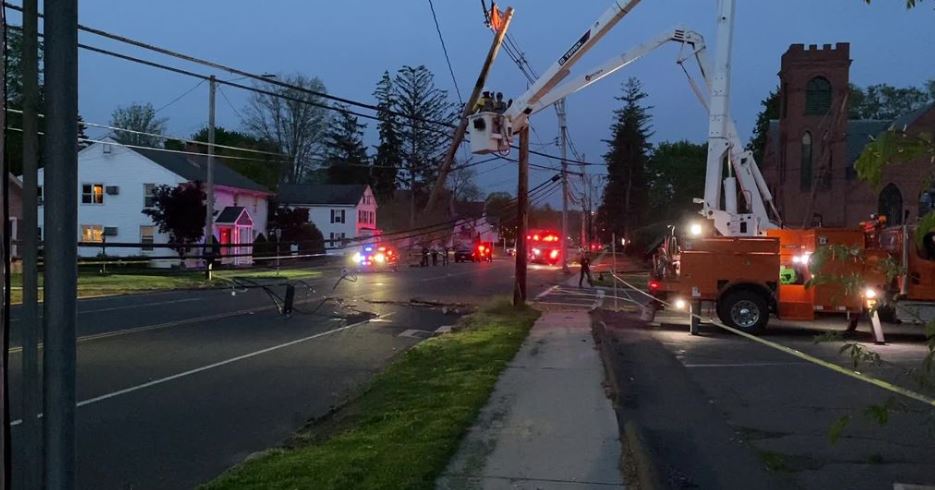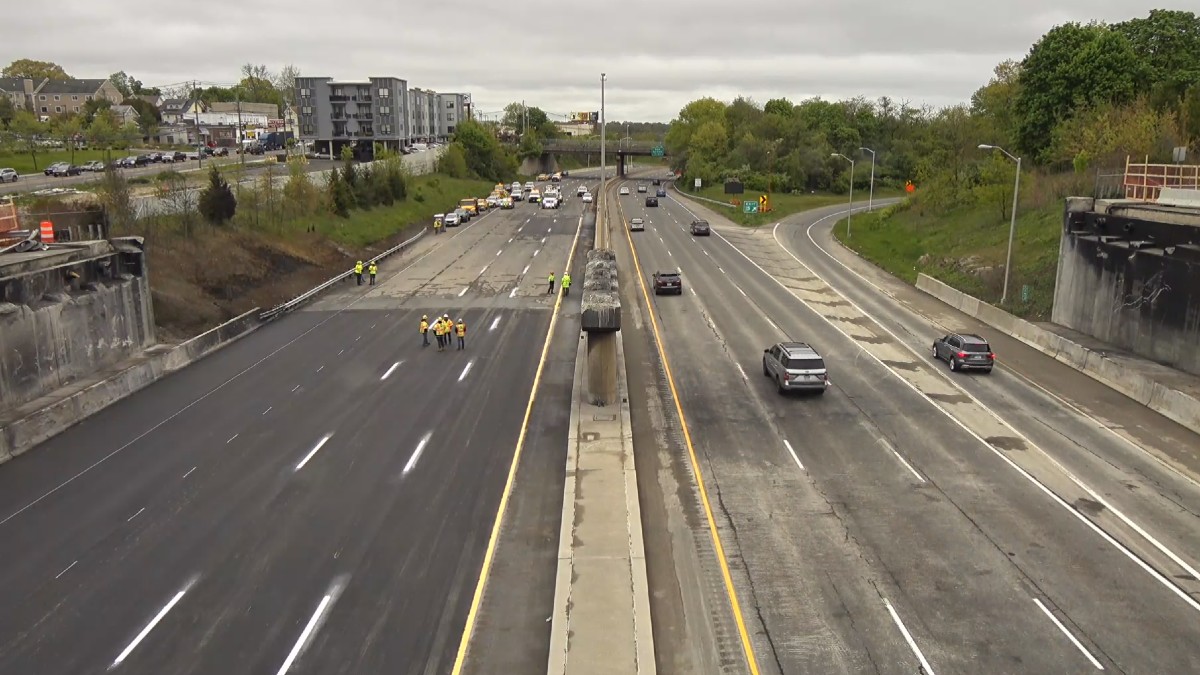Aundrea Tabbs-Smith, a mother of three, says over the last decade, the cost of daycare has almost doubled.
“Because as the years have gone on, just seeing what we are paying with our 11-year-old, 11, 10 years ago to what we are paying now is a shift. We have to really look at our budget,” Tabbs-Smith said.
The average annual cost of childcare in Connecticut is $15,000, according to CT Voices for Children.
"We are still struggling to have enough affordable childcare out there, which is a big problem when you have 100,000 jobs that are open,” Lt. Gov. Susan Bysiewicz said.
Get Connecticut local news, weather forecasts and entertainment stories to your inbox. Sign up for NBC Connecticut newsletters.
On Wednesday, Gov. Lamont announced the 2024-25 budget proposal that he introduced to the General Assembly last week. It includes several initiatives from both state and federal resources to help expand access to childcare services in the state.
The governor is proposing to increase funding for Care 4 Kids, the largest childcare program in Connecticut, by providing $14.3 million in 2024 and $53.3 million in 2025 to the organization.
“That why childcare programs can pay teachers more, and cover increasing expenses,” Early Childhood Commissioner Beth Bye said.
Local
In addition, the state is proposing a 25% tax credit as an incentive for businesses to build childcare centers on-site for their employees.
“We need to create more spots; we need to have a place where our children go so our parents can continue to work. So, we grow the Connecticut population and Connecticut business,” CBIA President and CEO Chris DiPentima said.
But some advocates are concerned the funding won’t address ongoing issues in the industry.
“What we really need increased each and every year until we get to a system where teachers are not paid poverty level pages, and where parents only pay 7% of their income in childcare,” Friends Center for Children Executive Director Allyx Schiavone said.
It's an issue early childhood leaders are aware of.
“The challenges facing childcare today, and the families who need it, will not be solved by rate increases or by state government alone,” Bye said.
Bye said they have taken concerns to the state’s delegation and are seeking more federal resources.
Meanwhile, a blue-ribbon panel consisting of families, providers and businesses has been created to design the next generation of childcare.



